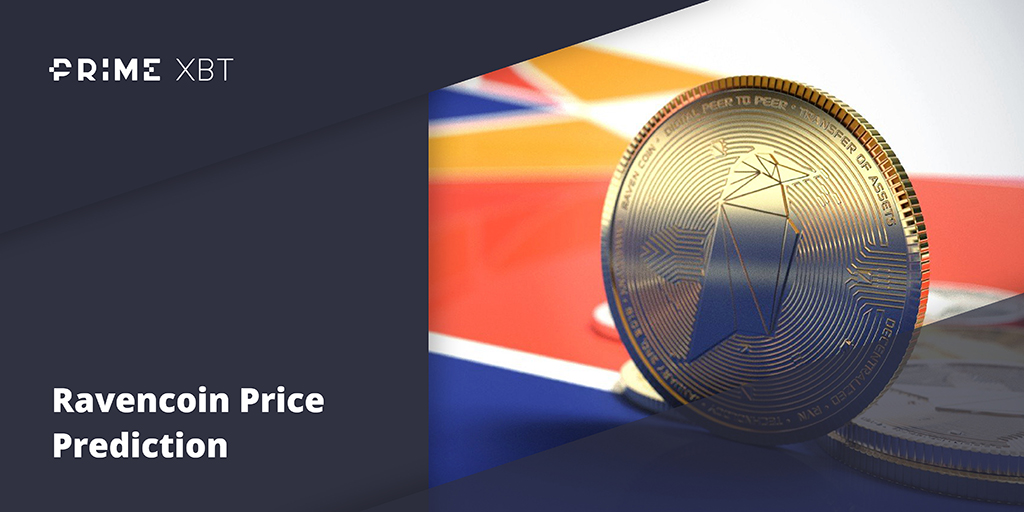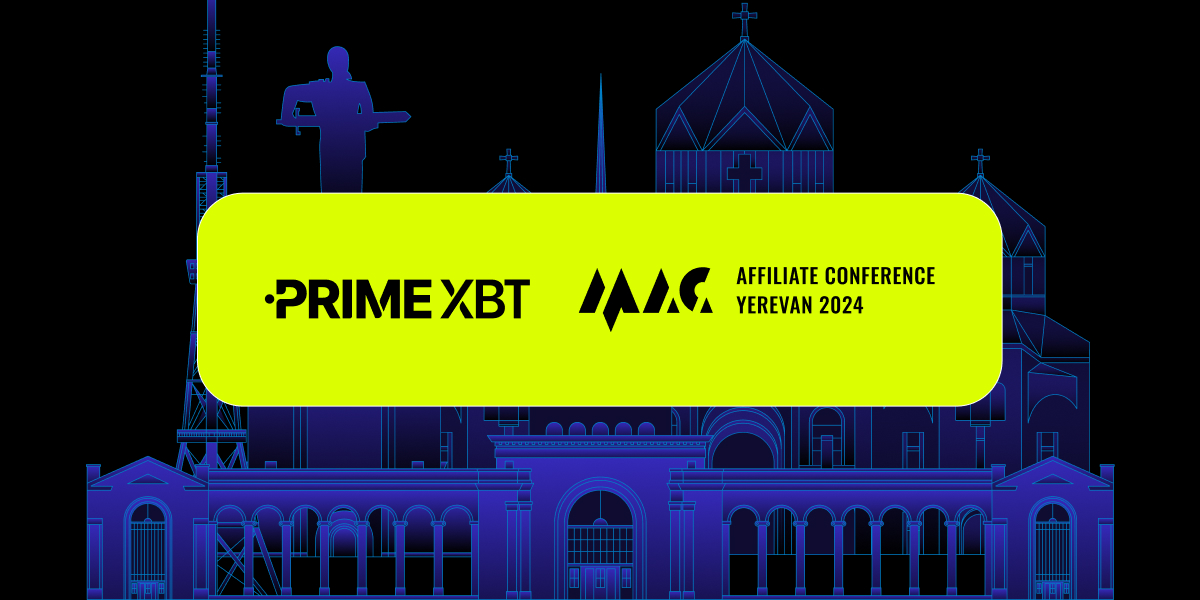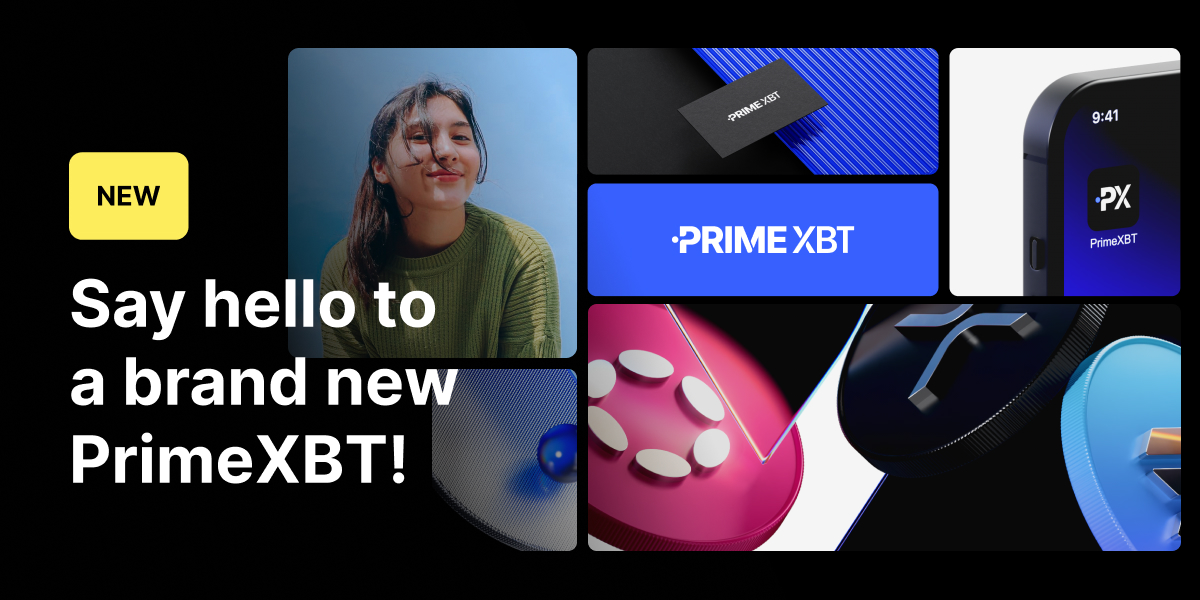NEAR Protocol is creating a decentralized, permissionless open web. This would mean that no company, government, or person can shut down the web, as it relies on code and users instead. This is a huge step away from some of the most well-known parts of the web, such as Facebook, which is a “closed ecosystem.”
What Is NEAR Protocol? – Definition & Meaning
NEAR Protocol is a Layer-1 blockchain solution built for an underlying base network and infrastructure of an ecosystem. Being a Layer-1 blockchain, it is the same as Bitcoin and Ethereum, as it does not rely on an underlying ecosystem to be built on top of. It is its own world.
These Layer-1 blockchains finalize and validate transactions and also secure the network from malicious behavior by incentivizing validators with the ability to earn rewards. These validators are rewarded with NEAR crypto tokens in the NEAR Protocol ecosystem.
NEAR touts itself as similar to Amazon Web Services and Microsoft Azure. The main difference is the distributed number of validation nodes that secure the network with no single point of failure. NEAR aims to prevent tampering, hacking, removal, and data loss. Through NEAR, users regain control of data, assets, and governance.
What is the Near Token?
The NEAR token is the primary asset native to the NEAR Protocol. Each token is a distinct digital asset, much like Ether, that can be used to pay for transaction processing and data storage, participate in the staking process by running a validating node, and participate in governance procedures.
How does NEAR Protocol work?
NEAR implements several features in its native ecosystem to enhance its performance, allowing it to compete with other smart contract-enabled blockchains such as Polkadot, EOS, and Ethereum.
What is Nightshade Sharding?
Nightshade is a core technology of the NEAR ecosystem. It is a technology for processing data more efficiently, as it shards information. Sharding refers to splitting the work of processing transactions across multiple validation nodes. The validator will only have to handle a fraction of the transactions on the network, allowing for a higher number of transactions per second, one of the biggest goals of blockchain technology.
Nightshade utilizes block producers and validators to process data in parallel across multiple shards in the ecosystem. Each shard will produce a portion of the next block. Chunks are processed and stored on the NEAR Protocol blockchain to finalize transactions.
Nightshade could, at least in theory, handle millions of transactions per second without affecting its performance. Nightshade also will dynamically split and merge shards based upon the current network condition, allowing for more efficient use of resources. The number of nodes will increase as needed, making it a very dynamic function.
Unlike other proof-of-steak networks, validators do not compete for the next block based on the size of their state, as NEAR uses an election mechanism called the Threshold Proof of Stake to select those available for rewards. It functions similarly to an auction, where a large pool of validation nodes indicates how much NEAR token they are willing to stake via a signed transaction. The winner is rewarded for the epoch, which typically lasts 12 hours.
What is Rainbow Bridge?
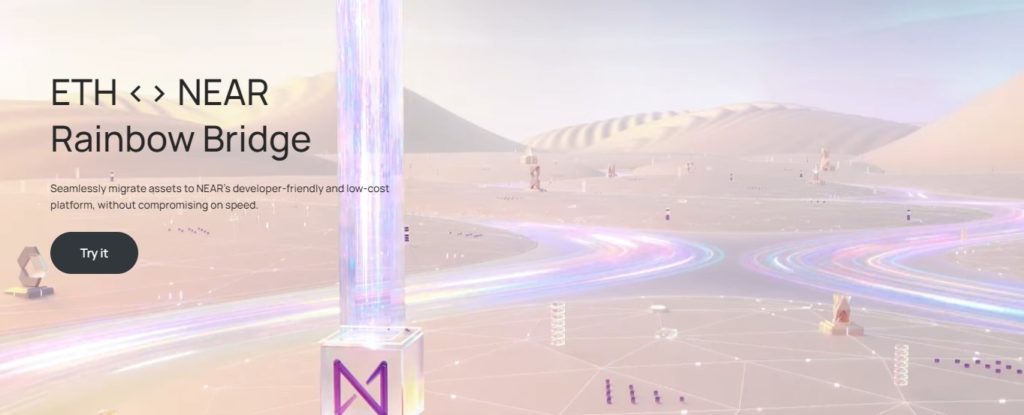
Rainbow Bridge is an application on the NEAR ecosystem that allows the transfer of ERC-20 tokens, stablecoins, wrapped tokens, and NFTs between Ethereum and NEAR blockchains. The Rainbow Bridge will enable developers and users to take advantage of the higher throughput and lower fees on the NEAR protocol instead of the massive expense of Ethereum.
Rainbow Bridge is fully decentralized and permissionless. Users of Rainbow Bridge can send ERC-20 assets directly from Web 3 wallets to the NEAR Wallet and vice versa. To begin, they will need to deposit the token in an Ethereum smart contract. Still, as direct token transfer isn’t possible between these networks, the token will be locked and taken out of circulation on the Ethereum blockchain.
New tokens are then created on NEAR to represent the original coins. The circulating supply of the token remains constant across both blockchains as a result. In most cases, NEAR transactions confirm in less than 2 seconds and cost less than $1.00. It should be noted that transferring back to the Ethereum network will depend on traffic on the Ethereum blockchain in both speed and cost.
What is Aurora?
Aurora is a Layer-2 solution on the NEAR Protocol blockchain. It allows developers to expand their apps on an Ethereum-compatible platform that offers low transaction costs for their users. According to NEAR, Aurora can host thousands of transactions per second, with only 2 seconds of block confirmation time.
Aurora is composed of the Aurora Engine and the Aurora Bridge. Aurora Engine is known as an “Ethereum Virtual Machine (EVM)” on the NEAR protocol. This is common for many ecosystems. Being able to bridge over to Ethereum-based networks allows a vast swath of possibilities.
This makes it easier for decentralized application developers to get started on NEAR without having to rewrite their code or learn how to work with new development tools. They can also use the Aurora Bridge, which is also the same technology as Rainbow Bridge, to seamlessly bridge their smart contracts and ERC-20 tokens between the NEAR Protocol and Ethereum blockchains. Users also can pay transaction fees with ETH on Aurora.
What are the projects based on Near?
NEAR has some very popular projects, including the ones below:
What is Mintbase?
Mintbase allows users to both create and sell NFTs or non fungible tokens. The assets found on Mintbase range from crypto art to event tickets. Users of Mintbase can mint these assets to NFTs on the platform and then put them up for sale in their NearNFT marketplace or other NFT marketplaces.
Those who meant NFT projects can create a smart contract and limit token transferability. This allows for protection against fraud or illegal transfers. The ecosystem focuses on supporting the creation of multiple digital assets, unlike most others that focus on a single category.
Further adding more favorability for NEAR is that Mintbase switched from Ethereum to be part of the NEAR Protocol, mainly due to the extraordinarily high gas fees that come from Ethereum network congestion.
What is Paras?
Paras provides a unique solution to validating and exchanging aging traditional collectible cards. Paras validates ownership via NEAR through fast and inexpensive transactions.
It’s a digital card marketplace built on NEAR that seeks to reduce the burden on collectors to maintain their collectibles by ensuring they do not wear out over time. Artists and collectors are both given free access to the collectibles market.
What are NPunks?
NPunks is the NEAR Protocol version of the highly successful CryptoPunks project. 10,000 unique NPunks will have their rarity traits, with the collection having 111 bots, 88 zombies, 20 4/8, and nine aliens. Fair participation is ensured by giving everyone a chance to buy a NPunk, and purchases are made randomly with the buyer’s identity kept secret until the transaction is completed. Once the NPunk is minted, owners can sell it in the secondary market.
Use Cases of the Near Protocol (NEAR) Token
Being the native token for the NEAR Protocol ecosystem, NEAR is accessible by all accounts on the blockchain. Each token is a one-of-a-kind digital asset that may be used to do multiple actions. These include all the ones that you would identify as common.
You can complete transactions and store data, paying the system with NEAR tokens. You can participate in the staking procedure to run a validating node as part of the network, helping with network security and sustainability. You can also join in governance procedures that can help influence how the network grows and becomes distributed. This also allows you to vote on where the network’s future technological push will be.
What Are the Advantages of Near Protocol?
NEAR Protocol has many advantages that make it attractive to crypto enthusiasts worldwide. Some of these include:
- Speed: One of the most significant advantages to the NEAR Protocol ecosystem is speed. Over 100,000 transactions per second are possible in its current form, with much more being possible in the future.
- Low transaction fees: NEAR features extraordinarily low transaction fees, more often than not being well under $1.00.
- Interoperable with other blockchain networks: NEAR can operate with other blockchain networks, such as Ethereum. This makes development much simpler and applications much more flexible.
What Are the Disadvantages of Near Protocol?
While the NEAR Protocol has many advantages, nothing is perfect, and there are a few things to be aware of when assessing the viability of NEAR:
- Centralization of decision-making: One of the biggest complaints that crypto enthusiasts have when it comes to NEAR is that the decision-making is held by just those who are validators. (There are only 73)
- Insiders have a massive supply distribution: During the initial token distribution, 36% of the total supply of all NEAR tokens was given to insiders. This means a significant concern with the original ICO and what it means for the future.
How to buy NEAR
It is easy to buy NEAR cryptocurrency on major exchanges, as it is a very heavily traded asset. Most cryptocurrency exchanges will offer NEAR, but if you are looking to simplify the process, you may be better off trading the NEAR CFD market at PrimeXBT, as you can still benefit from price appreciation without taking actual custody of the coin.
Is It Worth Investing in NEAR?
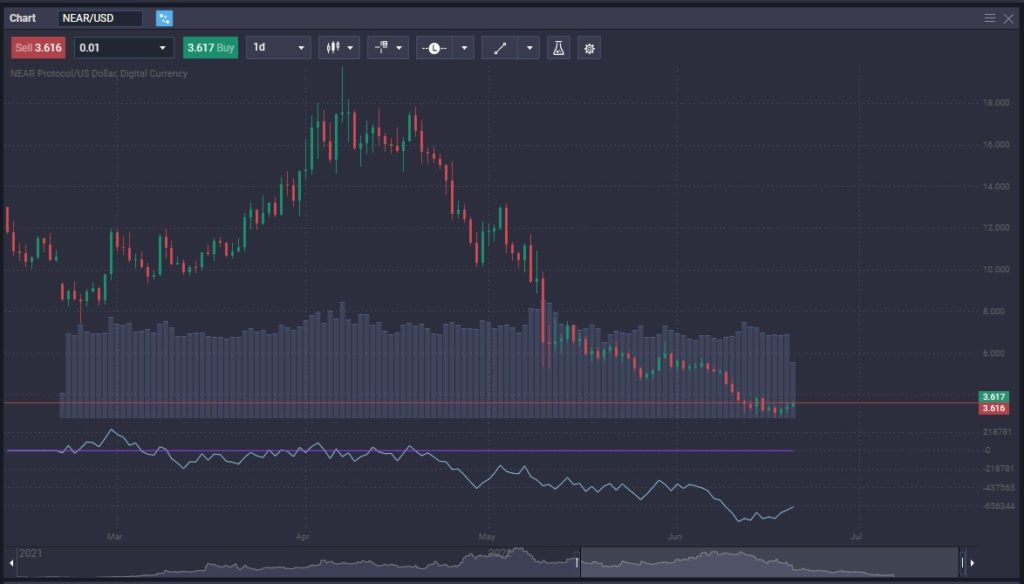
NEAR has seen explosive growth in popularity, jumping into the top 20 cryptocurrencies rather quickly. However, it is still extremely early in development, so it’s essential to keep an eye on adoption and progression before investing a large amount of your trading capital.
NEAR started as a small team and an office in San Francisco but has seen such a massive adoption that some of the statistics showcased in the first four years alone are quite impressive. Some of these include:
- Over 40 million transactions
- Over 1 million accounts on the network
- Over 1000 people building on the NEAR Protocol each month
- More than 200 concurrent projects
- More than 200 decentralized economists organizations (DAO)
It’s worth noting that anything related to “Web 3.0” is highly speculative. However, NEAR certainly seems to be one of the front runners in this brand-new market.
Conclusion
NEAR continues to be a cryptocurrency worth watching, as the network is starting to see significant adoption. However, the area that NEAR focuses on is relatively new, and other potential competitors are on the horizon. “Web 3.0” is still being figured out, so how it is implemented will continue to be a question.
Nonetheless, NEAR certainly warrants some type of place in your crypto portfolio, but like most cryptocurrencies, it should be a smaller portion as it is highly speculative. NEAR could end up being an explosive network that investors flood too, but it could also end up falling apart. We are far too early in the development cycle to speak with any type of certainty.
The future does look bright, but there are still a lot of unforeseen potholes in the road ahead. However, balanced with some of the more “blue chip crypto markets,” such as Bitcoin and Ethereum, it makes sense to have NEAR in your portfolio.
Risk warning: Our products are complex financial instruments which come with a high risk of losing money rapidly due to leverage. These products are not suitable for all investors. You should consider whether you understand how leveraged products work and whether you can afford to take the inherently high risk of losing your money. If you do not understand the risks involved, or if you have any questions regarding our products, you should seek independent financial and/or legal advice if necessary. Past performance of a financial product does not prejudge in any way their future performance.
